Say “cheese”! And now say “Camembert de Normandie”.
The Camembert de Normandie isn’t just any cheese. It’s a cheese with a history. First of all, not any camembert made in Normandy may call itself Camembert de Normandie. That’s an AOP label, Appellation d’origine protégée, or Protected Designation of Origin.
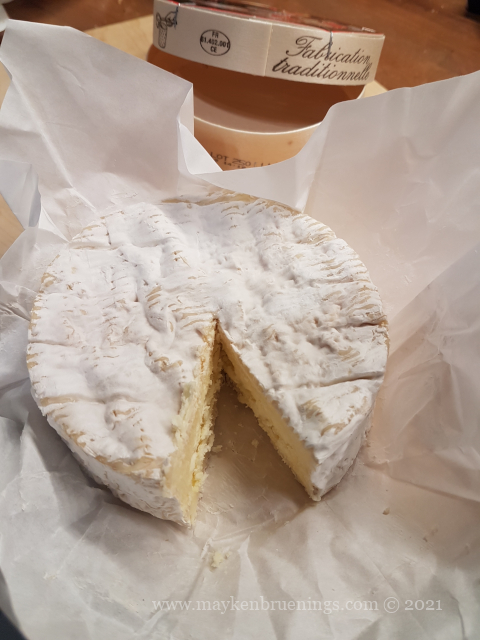
That means a Camembert de Normandie has to respect a number of criteria. First of all, obviously, is has to be made in Normandy, and even more specifically, in the départements of Calvados, Orne, Manche, or the western part of the Eure.
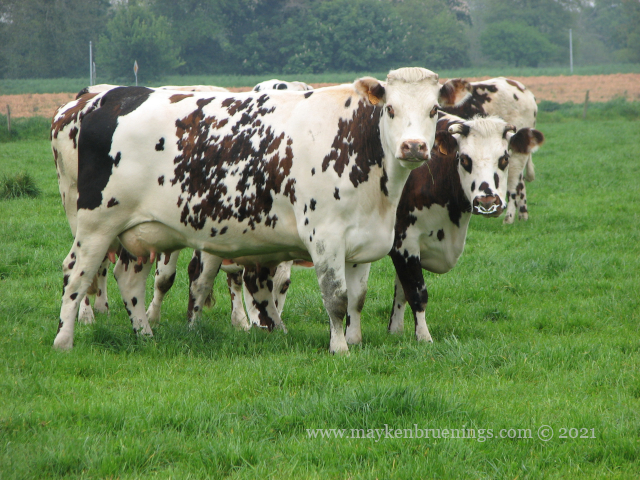
At least 50% of the milk has to come from Normandy cows (that’s a breed). The cows, the Normandy ones and the others, have be out in the pasture at least 6 months of the year and are allowed only specific feed when they can’t graze outside.
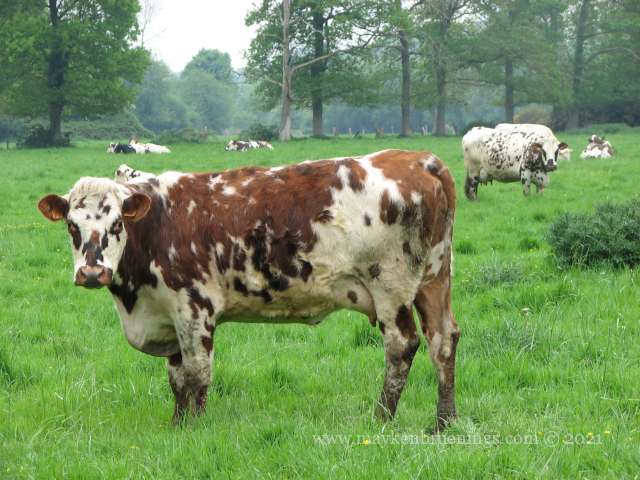
After that, it gets very technical in how the Camembert is produced. A crucial point to remember however is that Camembert de Normandie is made with unpasteurized milk and as such might be banned in certain countries. Also, it is generally recommended not to eat raw-milk products during pregnancy.
The finished Camembert has the shape of a cylinder of 10,5-11cm in diameter and weights a minimum of 250g. It is sold in a round wooden box made from poplar.
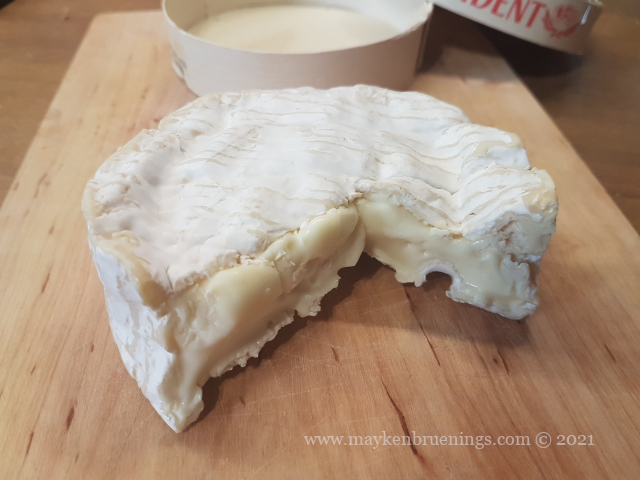
If you buy a Camembert in a cardboard box, or one that says only “Camembert” or even “Camembert fabriqué en Normandie”, you are not buying the real thing, the one we’re talking about.
But I promised history, right? Well, here we go:
As legend has it, the Camembert de Normandie was invented by Marie Harel in 1791, and the production was continued by her daughter, whose husband presented it to Napoléon III who gave it his seal of approval.
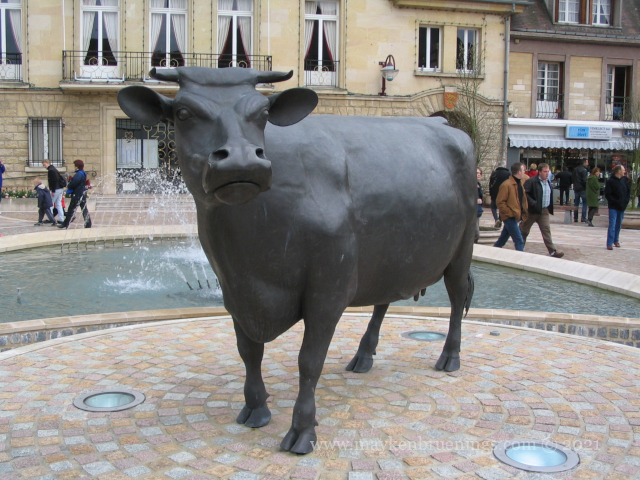
In better documented history, these factors advanced the spread of Camembert:
- the railway expansion which linked the small Normandy towns to Paris in less than 6 hours instead of several days as well as the above-mentioned wooden box, replacing the straw bed, which allowed for a better transport of this fragile cheese
- the First World War during which Camembert became part of the soldiers’ rations – those who returned home brought the Camembert into every part of France
And the name? Check your map of Normandy. Marie Harel came from a tiny town in the Orne called – Camembert.

